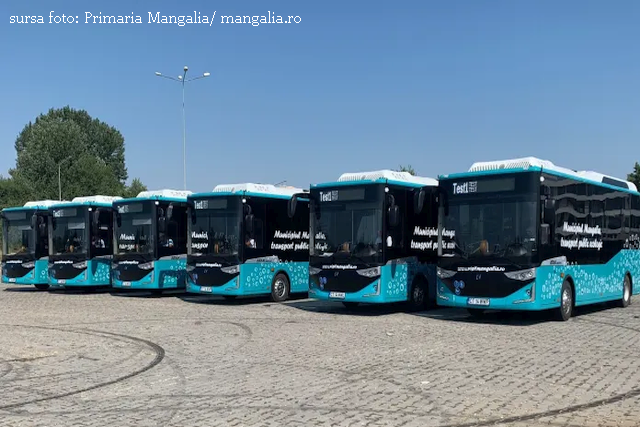Automobiles and transport infrastructure
Experts anticipate that this year will be a very good one for Romanian automobile plants whose production increased, in the first three months, to almost 153 thousand units

Daniela Budu, 23.04.2024, 13:50
2024 brought, so far, the best start of the year for the Romanian car industry in the last five years, and experts estimate that this year will be a very good one for plants in Romania. The general secretary of the Association of Automobile Manufacturers, Adrian Sandu , has stated that there is demand for vehicles manufactured in Romania from more than 60 markets in the world, adding that last year a new record was registered for the automotive industry in the country, with 513,000 units manufactured.
And according to the Association’s estimates, local car production will accelerate to 550,000 units, thanks to the new models launched by Dacia and Ford, produced at the factories in Mioveni (south) and Craiova (south). Moreover, the Ford factories in Craiova have already presented the facelift Puma and started the production of the new Tourneo Courier and Transit models. In 2019, the pre-pandemic reference year, less than half a million cars came off the assembly lines of plants in southern Romania.
The production of tires will also grow in Romania after the French manufacturer Michelin announced that it would gradually move, until the end of the year, to its factory in Zalău (northern Romania), part of the production currently carried out in Poland. The decision was made following the transformations that the Polish unit will go through, after replacing part of the current production line with updated technology. Returning to the road infrastructure, this year there are chances that the southern half of Romania, Oltenia (south-west), Muntenia (south) and Dobrogea (south-east), will have high-speed roads.
According to Adrian Sandu, the link between Craiova, Bucharest and Constanţa is an advantage for the automotive industry, but also for future companies that want to open production facilities in Romania. Adrian Sandu:
“It is extremely important, in this European and world competition, that Romania achieves as many competitiveness criteria as possible. One of these criteria refers to the transport infrastructure, both road and rail. Upgrading the railway transport infrastructure to increase the speed of railway transport is a must. Likewise with regard to the road transport infrastructure, and the connections between the regions of the country will lead to their economic development. Especially on the transport corridor from Hungary to the port of Constanta, a fast road transport link is needed. For the automotive industry, the transport links from Pitesti to Vama Nadlac or from Craiova to the Port of Constanţa are extremely important, given the fact that they significantly reduce the duration of vehicle transport to the port of Constanţa, which is an important export gateway for vehicles manufactured in Romania”.
It should also be mentioned that, currently, in addition to the insufficiently developed transport infrastructure, Romania’s economy loses, annually, according to road transporters, very large sums due to customs blockages, about 2.5 billion euros, as a result of not being accepted in the Schengen free movement area also with its land borders. (MI)






























